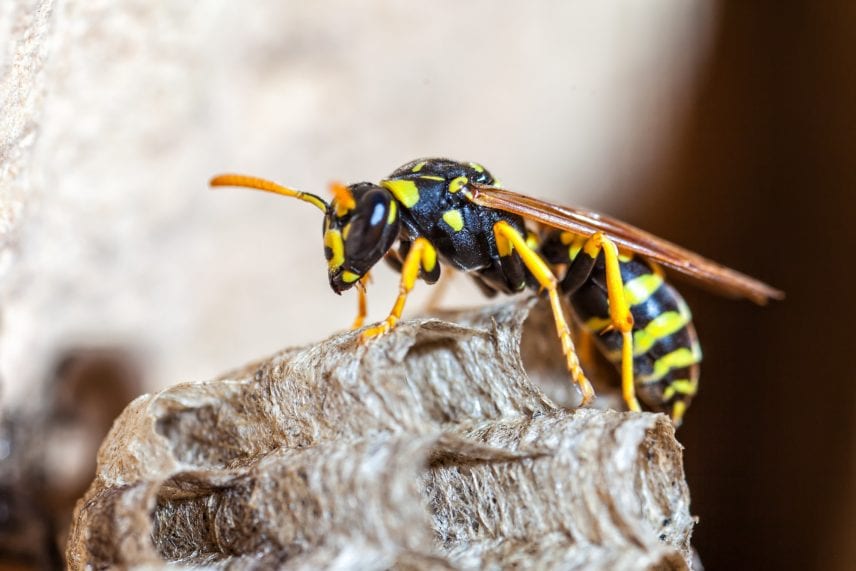
Fire ants and red harvester ants account for the majority of ant stings in the US. AntsĪlmost all species of ants can sting, but relatively few are a medical risk to people and pets. Workers are protectors of the colony and will aggressively sting and attack to protect their colony. The queen and male drones are the colony’s reproductive members. Social stinging insects include three castes - a queen, male drones, and numerous workers, which all work together to create a beneficial social structure. Honey bees, bumble bees, wasps, hornets, and ants live in colonies where there may be as few as a dozen to thousands of individuals. Since insects and spiders frequently become food sources, solitary wasps can be valuable pest insect predators. These wasps use their sting to paralyze prey to use as a food source for the wasp larvae. Their behavior is usually non-aggressive, but they will sting if provoked or trapped against bare skin. Solitary Wasps That Can, but Usually Don't StingĬicada killers, potter wasps, sand wasps and mud daubers are solitary wasps that mostly nest in the ground.

Each year, wounds delivered by stinging insects account for more than ½ million visits to emergency rooms. How Many Stinging Insects Are There?Ībout 700 species of ants, about 35 species of bees, and about 30 species of wasps occur in the United States. Learn more about stinging insects and how to avoid painful stings with help from Orkin. Some types of insects may sting humans if they feel threatened or attacked.


 0 kommentar(er)
0 kommentar(er)
